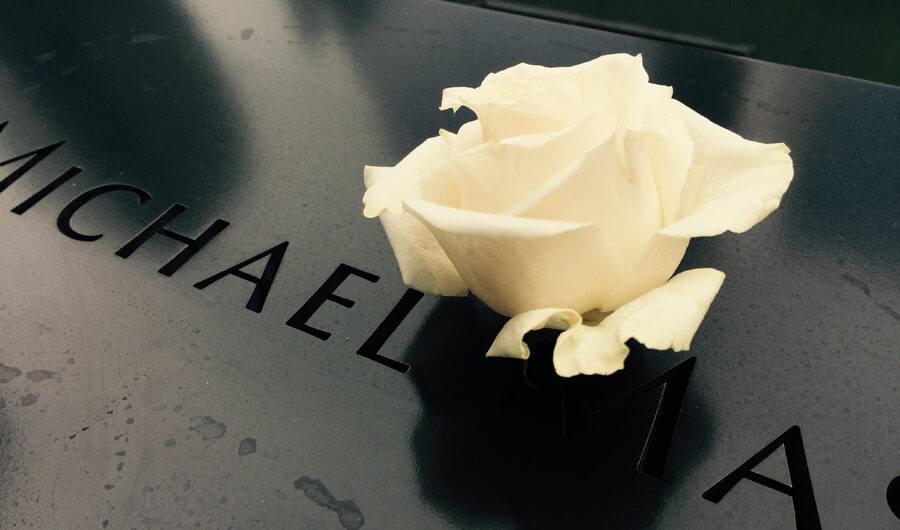
At the museum …
Sunday, June 21, 2015
Three-minute read
I was sitting in a museum bench staring up at the “slurry wall.”
The bench, made of simple fine-grained walnut, was like one you might find in any museum in the world. The slurry wall, that felt monumental. It towered over the hall and the visitors.
The wall is one of the exhibits in the National September 11 Memorial & Museum in New York. Although, it isn’t really correct to call it an exhibit. It’s literally part of the complex itself.
It’s a retaining wall of concrete held in place by giant bolt anchors drilled into the bedrock. It was entirely practical, built to keep the Hudson River from flooding into the lower levels of the World Trade Center complex. It still performs that function. It was never really meant to be seen.
But I was there looking at it. It was like a cliff, almost a natural wonder.
Many things that were never meant to been seen are in the museum. Giant girders twisted like licorice from the collapse are displayed throughout. A truck driven by firefighters of Ladder 3 – all of whom were killed – sits crushed and ruined.
The foundations of the towers themselves, box beams set in concrete, have been carefully exposed like an archaeological dig. These artifacts, like the Survivor Stairs and slurry wall are of such scale that the museum was built around them.
Out of the context of that day’s terrible events, displayed in a spacious and modern museum, dramatically spotlit, these items somehow seem like modern art. They are granted an unwelcome beauty. It felt wrong.
This is difficulty of trying to show something as gigantic as the Sept. 11 events and aftermath. We end up looking at it through a pinhole. We can shift the focus about, but we end up only able to understand or even process a small part of the whole. We can never really see.
Perhaps that’s why the most moving exhibits of the museum are the most tiny: Items dug from the rubble or recovered from the other Sept. 11 scenes.
Eyeglasses, golf balls, someone’s job performance review, shoes, purses, the business card and wristwatch of Todd Beamer, who died on Flight 93 trying to stop the hijacking. 1
They’re all mundane but personal items. The victims wore them. They picked them out and bought them. They kept them on their desks. They were objects that meant something.
I was sitting on that bench, watching people stop and stare up at the multistory cliff and was thinking about how small we all really are.
All this was still rolling through my mind as I was looking out across the memorial site reflecting pools, two giant squares that mark the towers’ footprints. They are surrounded by bronze plaques cut with the names of the dead.
Someone had placed a single white rose into one of those names – Michael Massaroli. It seemed to be going unnoticed by others taking photos of the pools. I had to wait for them to move just so I could look at the name, run my fingers over the shape of the letters.
The museum is a powerful experience, but this rose struck me the hardest. It didn’t try to sum anything up. It just was.
Tiny, small, human and unbearably sad.
- The museum has placed boxes of Kleenex at regular intervals in this part of the museum. You’ll likely need them.